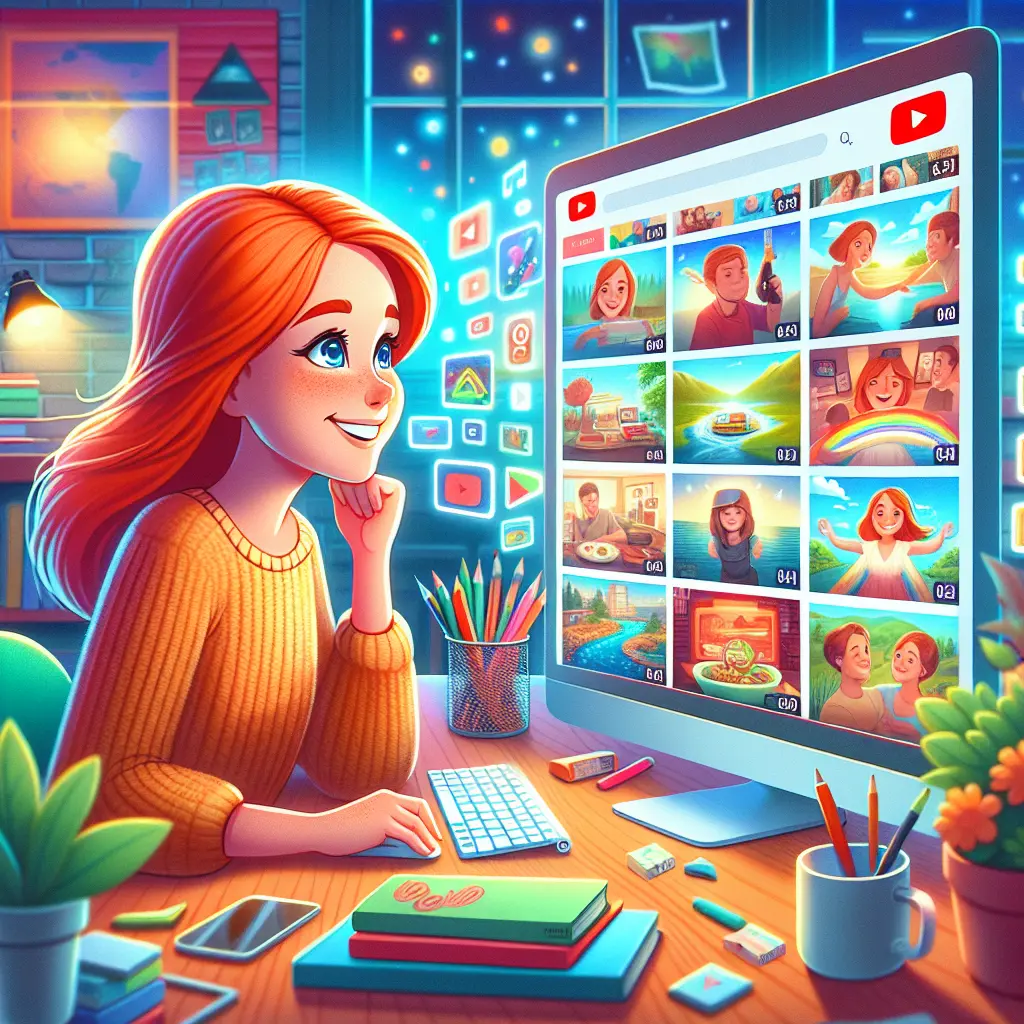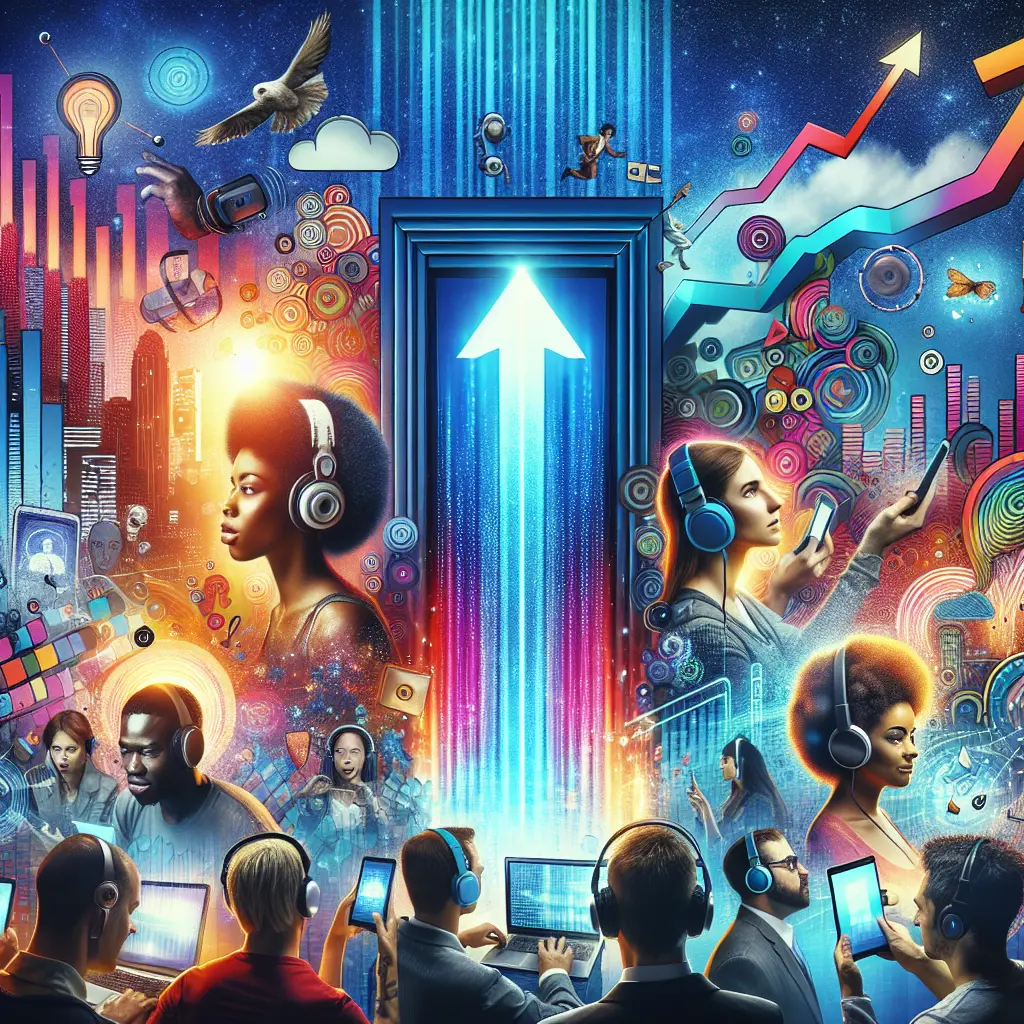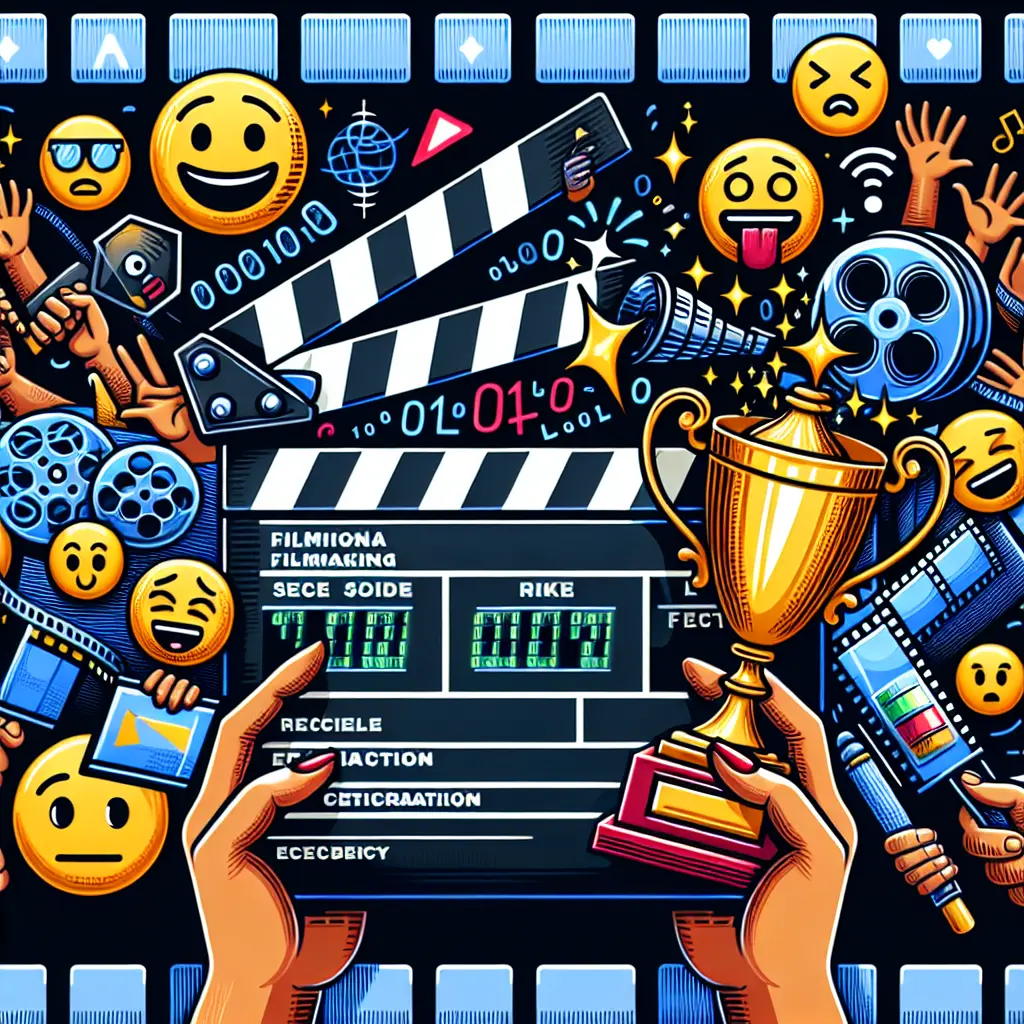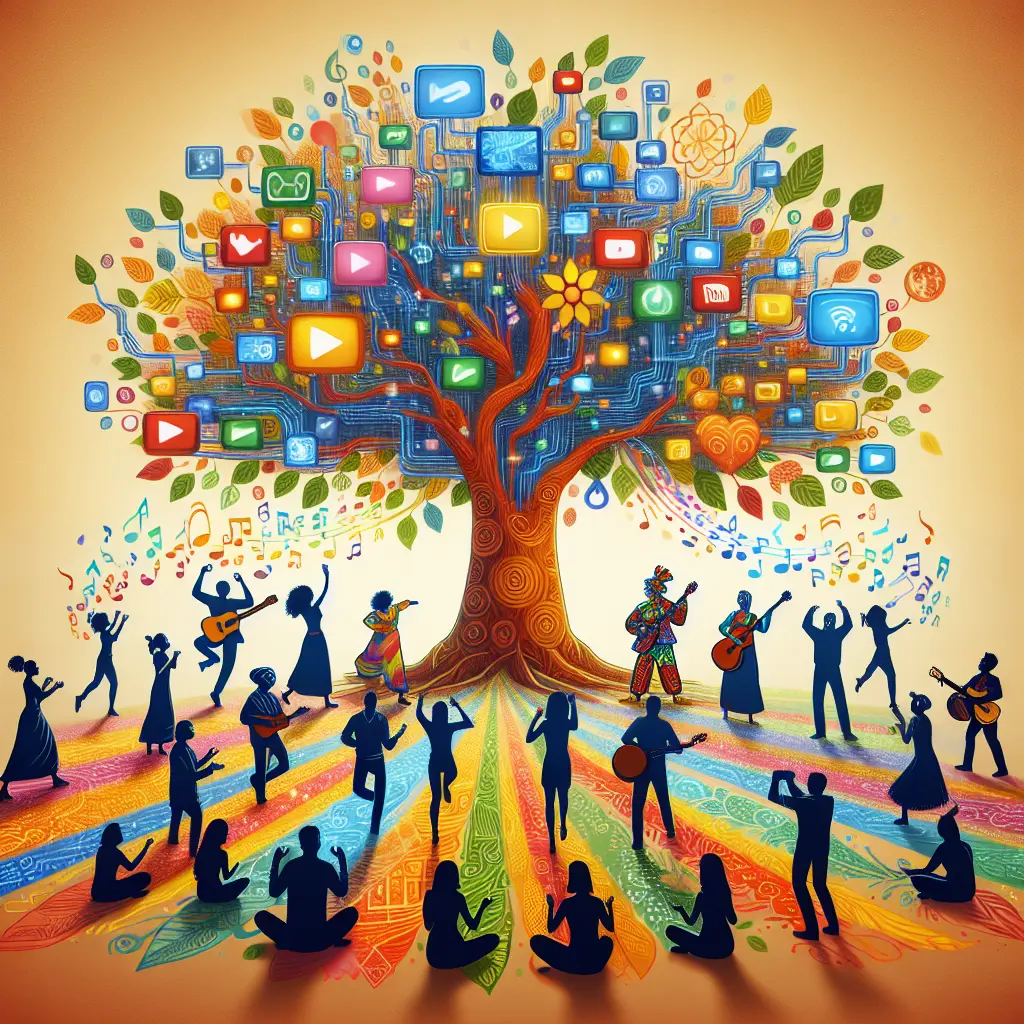Music video culture has undergone a remarkable transformation over the past few decades, evolving from simple promotional tools to complex pieces of art that resonate deeply with audiences worldwide. The introduction of YouTube as a music platform has been pivotal in this evolution, reshaping how music videos are produced, consumed, and shared. In this blog post, we will explore the intricate journey of music video culture on YouTube, highlighting key trends, influential videos, and the overall impact of this digital evolution on the music industry.
The Dawn of Music Video Culture - The history of music videos stretches back further than one might think, with its roots in the 1920s when short musical films were produced to promote songs. However, it wasn't until the launch of MTV in 1981 that music videos became a cultural phenomenon. The phrase "Video Killed the Radio Star" encapsulates the shift from audio-only to visually oriented music consumption during this era.
YouTube: A New Stage for Music Videos - With the advent of YouTube in 2005, the landscape of music video culture experienced a seismic shift. As a free platform that democratized video distribution, YouTube allowed artists, ranging from established stars to independent newcomers, to share their work with a global audience. This accessibility is crucial in understanding the evolution of music videos, as it removed the barriers that previously kept smaller artists out of the limelight.
Impact of YouTube on Music and Production Changes - YouTube's influence on music extends beyond just accessibility; it has also transformed production styles and strategies. Artists and directors now often create content with online viewership in mind, leading to more creative and sometimes interactive videos. The changes in music video production can be seen in the transition from high-budget shoots to more DIY approaches that leverage viral potential. Videos like OK Go’s "Here It Goes Again" exemplify this shift, gaining fame through creative choreography rather than lavish expenditures.
Popular Music Videos on YouTube - The platform has been home to some of the most viewed and influential music videos ever. Psy's "Gangnam Style," for instance, not only broke viewership records but also highlighted YouTube’s role in promoting viral content globally. This speaks volumes about music video viewership on YouTube, where success is measured not just by traditional metrics like sales, but by likes, shares, and global reach.
Viral Music Videos and Their Aesthetics
The aesthetics of music videos have also evolved with digital technologies. High-definition visuals and advanced effects that were once the hallmark of only top-tier artists are now accessible to independents, thanks to affordable editing software and platforms like YouTube. Viral music videos often feature unique or striking visual components designed specifically to capture the short attention spans of internet users.
Recent trends in music videos include a return to narrative storytelling, a rise in animation, and the use of 360-degree cameras. These trends reflect broader cultural shifts and technological advancements. Artists like Billie Eilish use distinct, moody visual styles to enhance their brand, while others like Travis Scott have incorporated virtual reality to push the boundaries of traditional music video presentations.
Influence of YouTube on Artists - YouTube has not only changed how artists share their music but also how they interact with fans. Direct engagement through comments and live streaming has fostered a more intimate connection between artists and audiences. This platform has given artists the power to control their creative output and directly gauge audience reception without intermediary barriers.
Challenges and Opportunities - Despite its numerous benefits, YouTube’s model presents challenges such as revenue sharing and copyright issues. Nevertheless, the opportunities for innovation and exposure outweigh these hurdles for many artists.
Conclusion: The Continuous Evolution
As we continue to witness advancements in technology and shifts in consumer behavior, YouTube’s role in shaping music video culture remains significant. The platform has provided artists with an unprecedented ability to reach global audiences and experiment with new forms of expression. As a result, music videos have become more than just promotional content; they are now integral elements of an artist’s creative vision and a vital part of our digital landscape.
In conclusion, from MTV to YouTube, the journey of music video culture has been marked by constant change and creativity. As we look ahead, one thing remains certain: this evolution is far from over, and the future holds even more possibilities for innovation in how music videos are created and consumed.
Thank you for tuning into this exploration of music video culture on YouTube. Until next time, keep watching and keep listening, as the best is yet to come.










Leave a Comment